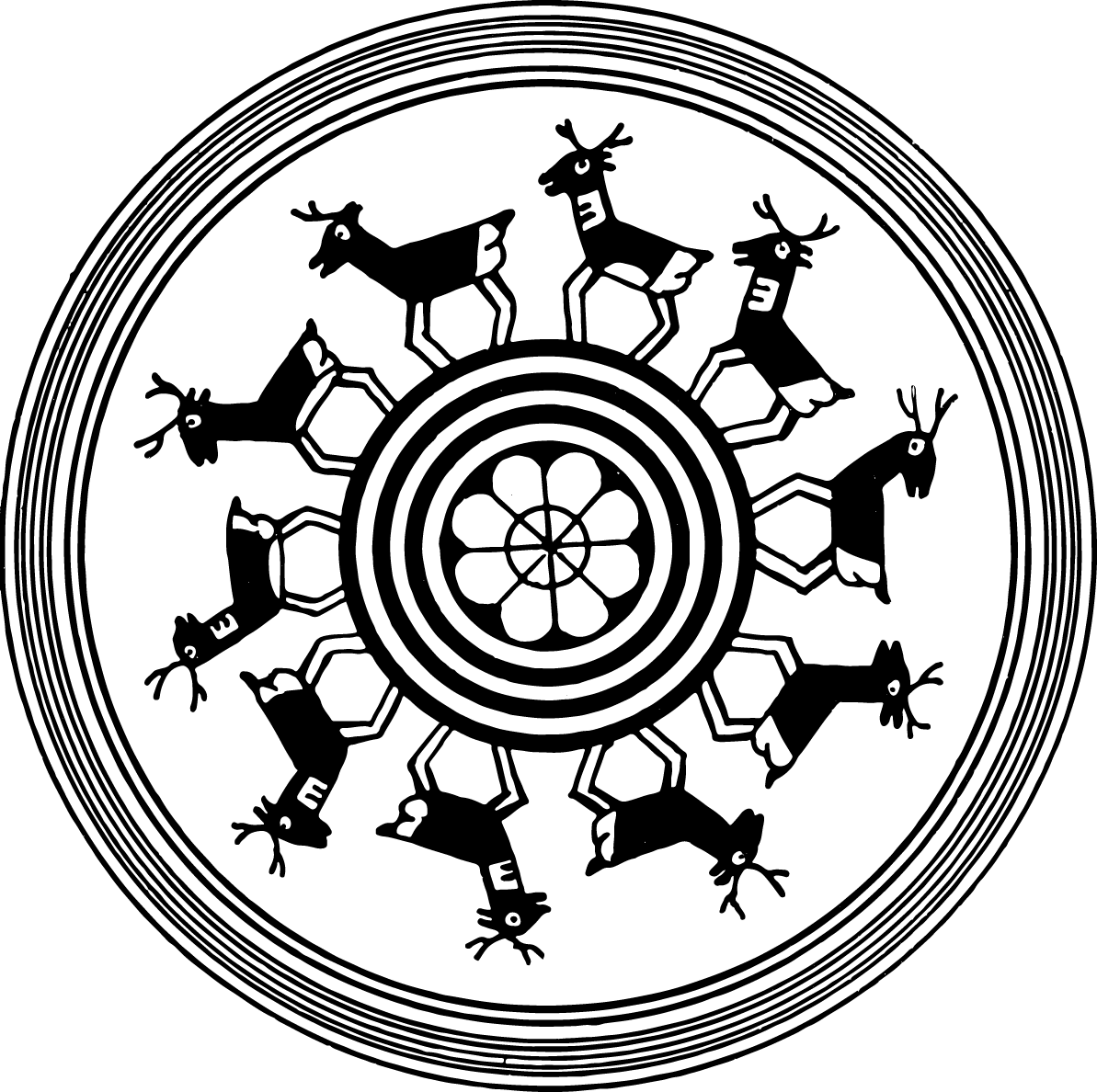Services may be of interest to the following:
- Geologists The Monument has long been an area of geological studies of sedimentation and stratigraphy, as well as a setting for research on the formation of desert soils. The Organ Mountains are a steep, angular mountain range with rocky spires of Precambrian granite and metamorphic basement rock that jut majestically above the Chihuahuan Desert floor to an elevation of 9,000 feet. The range derives its name from the needle-like spires that resemble the pipes of an organ. The Desert Peaks are characterized by steeply rising desert mountains from flat plains, and include the Robledo Mountains, which exhibit sedimentary deposits of scientific interest, Sierra de Las Uvas Mountains, and Doña Ana Mountains exhibiting peaks of monzonite. The Potrillo Mountains area is a volcanic landscape of cinder cones, lava flows, and craters. Numerous volcanic cinder cones jut out prominently from otherwise broad desert plains. Volcanic features of the Potrillo Mountains include the Aden Lava Flow, Kilbourne Hole, which exhibits Olivine glass, and Hunt’s Hole.
- Volcanologists In the Potrillo volcanic field, there are 10 to 15 foot thick layers of basalt spread across the volcanic field, from lava breaching the walls of the cinder cone and shield volcanoes, spilling down the flanks and spreading across the surrounding surface. The Potrillo area is generally classified as part of the southern Rio Grande rift and shows the Cenozoic tectonic evolution of that structure. The Potrillo volcanic field is separated into three areas; the eastern, central and western alignments. This division is based on the essentially north-south distribution of volcanic centers, which is delineated by units east of the east Robledo fault. It goes across from north to south, the eastern alignment includes Santo Tomas, San Miguel, Little Clack Mountain and Black Mountain. Most of the eastern alignment are scoria cones with and without breach flows with pahoehoe surface. The central alignment includesAden, Afton, the Gardner cones, and the two maars; the Kilburne hole and Hunt’s hole. The two maars erupted through portions of pre-existing Afton series. The Afton flows may be a fissure-emplaced upon which the Gardner cones were made. Aden is a shield site of many tube-fed lavas with explosive characteristics. The Western alignment affects The Western Potrillo Mountains, a cavalcade of hundreds of coalescing cones and flows formed upon older, thick platform was the result from possibly fissure-fed stacked flows. Also within the western area are several maars: Riley, Malpais, and Potrillo. Potrillo maar is included with the western alignment due to its position west of the East Robledo fault.
- Archaeologists The Monument’s landscape contains the archaeological remains of a diverse human history resulting from over 10,000 years of occupation. Artifacts common to the area include rock art, ceramics, and basket fragments, which tell of a rich cultural heritage. Remnants of ancient dwellings, including those at La Cueva and a ten room pueblo in the Robledo Mountains, attest to the people who once called this area home.
- Historical The Organ Mountains-Desert Peaks landscape contains the evidence of recent historical activities through numerous objects spanning the 19th and 20th centuries. The Dripping Springs Resort contains several structures supporting a getaway for famous and average persons that were repurposed over time for use as a sanatorium. Baylor Pass is a landmark through which soldiers passed during civil war battles. Lookout Peak was the site of a heliograph station the military used to transmit Morse Code messages during western campaigns. The Butterfield Trail passes through the Monument, and a stage stop was located here. Outlaw Rock contains the inscription of Billy the Kid. The most recent historical sites in the Monument include bombing targets which were used to train WWII pilots.
- Paleontologists The Prehistoric Trackways National Monument was established in 2009 to conserve, protect, and enhance the unique and nationally-important paleontological, scientific, educational, scenic, and recreational resources and values of the Robledo Mountains in southern New Mexico. The Monument includes a major deposit of Paleozoic Era fossilized footprint megatrackways within approximately 5,280 acres. The trackways contain footprints of numerous amphibians, reptiles, and insects (including previously unknown species), plants, and petrified wood dating back 280 million years, which collectively provide new opportunities to understand animal behaviors and environments from a time predating dinosaurs. The site contains one of the most scientifically-significant Early Permian track sites in the world.
- Botanists Biological & Ecological Resources: The Monument is located within the Chihuahuan Desert ecoregion. Some of the plants found here are rare or endemic and include the Organ Mountain evening primrose, Organ Mountains giant hyssop, Organ Mountains paintbrush, Organ Mountains pincushion cactus, Organ Mountain figwort, Organ Mountains scaleseed, night-blooming cereus, Plank's Catchfly, nodding cliff daisy, and likely the endangered Sneed's pincushion cactus. Plant species and plant communities important for contributing to the ecological diversity within the Monument include Chihuahuan grasslands, ponderosa pine stands, small riparian ecosystems, and desert shrub communities. The quality and proximity of these ecosystems are important resources for ecological research. The ecosystems of the Organ Mountains-Desert Peaks support a wide variety of wildlife, from common animals to more rare and sensitive species. Though too numerous to list in their entirety, a description of notable species includes mountain lions and mule deer, raptors, including the Organ Mountains chipmunk, migratory song birds, a large variety of reptiles, birds such as Gambel's quail, ladder-backed woodpecker, Scott's oriole, and cactus wren, as well as many species of bats. One of several species of rare terrestrial snails, the Organ Mountain talus snail, is endemic to the Organ Mountains.
- Those interested in edible plants
- Wildlife scientists
- Ornithologists
- Photographers
- Climbing and Lava caving specialists
- Environmentalists

